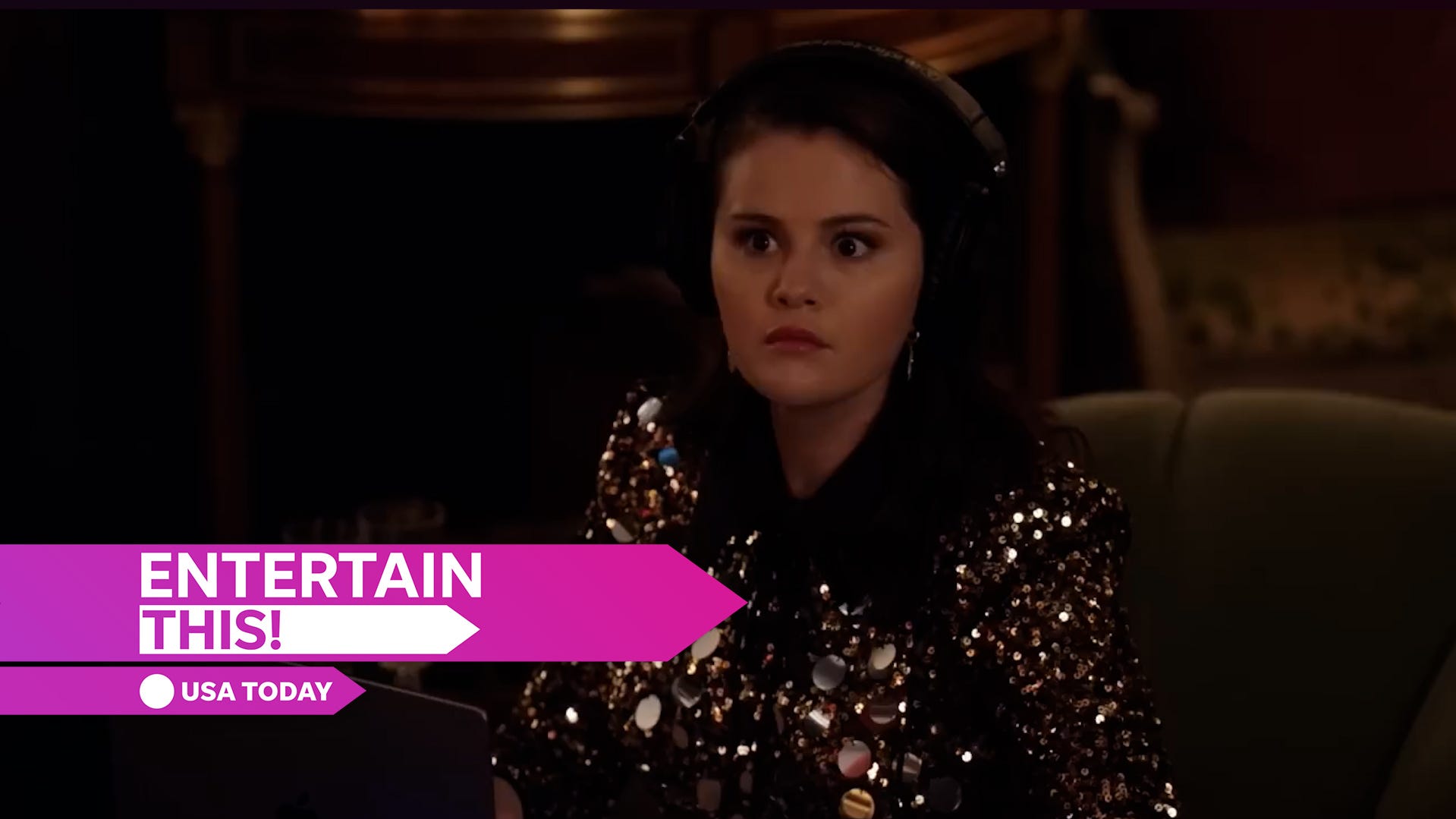Want to save money on your streaming? It's time to embrace commercials

Every time I watch my favorite TV show, I have to sit through commercial breaks. And I don't mind.
As a TV critic amid our current streaming revolution, I've sat comfortably on my couch enjoying my Netflix and Disney+ and HBO Max without ever having to suffer the indignities of a car commercial. Yet my obsession of the moment − the hilarious and somewhat niche British TV panel series "Taskmaster" − is only available in the U.S. on YouTube, and I don't pay to go ad-free. So betwixt and between every silly scene of Jason Mantzoukas doing a dumb-but-funny "task" comes an ad for a sports betting app or Dunkin' drinks, and my focus drifts away to my phone or my husband for five minutes, and then the British buffoonery begins anew. But I still get the laughs, and don't have to pay YouTube a cent.
Faced with the choice of happily watching 19 seasons of "Taskmaster" with occasional ad breaks or watching my monthly bill for the major streaming services rise even more, I'm starting to come around to the idea that sitting through commercials isn't that bad. The price of streaming is getting out of control: Peacock is just the latest streamer to raise its monthly fees to the stratosphere: As of July 23, it costs $17 a month to watch the "Love Island" streamer without commercials. And that's just one among many: Watching the latest season of "Squid Game" without interruptions will nearly double the price of Netflix, to $18 a month. The rest of life is too expensive, with inflation hitting groceries, housing and everything else, for your entertainment to take up such a big part of your budget.
If you subscribe to more than one service's premium ad-free tier, the costs add up quickly. To go ad-free, you're paying an extra $10 for Netflix, $6 for Disney+, $3 for Prime Video, $6 for Peacock, $7 for HBO Max, $5 for Paramount+ and $9 for Hulu. Tally it all up and suddenly "cutting the cord" is way more expensive than cable ever was: If you subscribed to all seven of these services, you could save $552 a year by watching ads.
Many families are looking to cut frivolous expenses. But you don't need to sacrifice great entertainment for the sake of your budget. Just accept the commercial breaks. Your parents did it their whole lives.
Though I might have once been a snob about sitting through ads, happily inhaling "Stranger Things," "Andor" or "The Summer I Turned Pretty" with nary an interruption, the increased prices have me coming back around again to this partial solution to our financial woes. I don't need premium everything. Just enough to get by.
Streaming services led by Netflix burst onto the media landscape in the 2010s promising, among other innovations, commercial-free TV and movies. While broadcast and cable networks need ad breaks to pay the bills, Netflix, Hulu, Amazon Prime Video and the like promised your low monthly subscription fees were all they ever needed. So I, like so many of you, streamed with anti-capitalist glee, proud to not be learning any more cat-food jingles than I already knew. And if I wanted to watch a network or cable show I had plenty of commercial-free options, from next-day streaming to DVR.
But that was when Apple only made technology, not TV shows, when a month of Netflix cost less than a Chipotle burrito and there were more than 400 new scripted TV shows premiering every year. Streaming was shiny and new and growing, the money for new shows flowed freely and there were only a handful of services to choose from. Now there are more than a baker's dozen of streamers, network TV is shrinking with increasing speed and prices are rising while simultaneously streamers cut back on their offerings.
If you're ever going to make the jump back into the land of ad-supported TV, now is the time. Streamers are purposefully keeping those prices down to encourage viewers to switch from premium to ad tiers, because they can make more money that way by selling both commercials and subscriptions. The savings may not always be this big.
I won't sugarcoat it: Commercials are annoying. There's a reason commercial-free TV was one of the original selling points of streaming. Ads are loud, manipulative and distracting to lure you into parting with more of your hard-earned cash. But once upon a time that was the only way to watch TV, yet access to outstanding classics, from CBS's "I Love Lucy" to NBC's "Friends" or ABC's "Lost," was worth the tradeoff. The idea of the commercial break is so ingrained in TV storytelling that writers have long used it to their advantage: Building the action to a cut-to-black before ads is a structure many classic TV series employ.
Going back to watching that way is just like riding a bike, albeit one with "WELLS FARGO" printed on the side. But the pedals still work, the jokes still hit and everyone saves a dime or two.